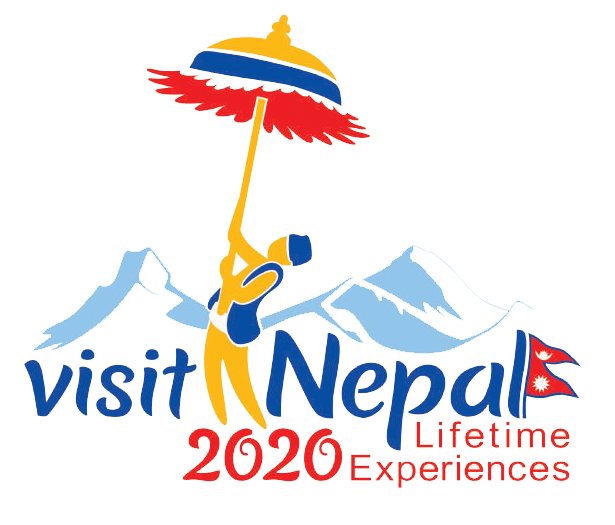- Home
- About Nepal
- Geography
About Nepal
Political System
Nepal's legislature was bicameral, consisting of a House of Representatives called the Pratinidhi Sabha and a National Council called the Rastriya Sabha. The House of Representatives consisted of 205 members directly elected by the people. The National Council had 60 members: ten nominated by the king, 35 elected by the House of Representatives, and the remaining 15 elected by an electoral college made up of chairs of villages and towns. The legislature had a five-year term but was dissolvable by the king before its term could end. All Nepali citizens 18 years and older became eligible to vote.
The executive comprised the King and the Council of Ministers (the Cabinet). The leader of the coalition or party securing the maximum seats in an election was appointed as the Prime Minister. The Cabinet was appointed by the king on the recommendation of the Prime Minister. Governments in Nepal tended to be highly unstable, falling either through internal collapse or parliamentary dissolution by the monarch, on the recommendation of the prime minister, according to the constitution; no government has survived for more than two years since 1991.
The movement in April 2006 brought about a change in the nation's governance: an interim constitution was promulgated, with the King giving up power, and an interim House of Representatives was formed with Maoist members after the new government held peace talks with the Maoist rebels. The number of parliamentary seats was also increased to 330. In April 2007, the Communist Party of Nepal (Maoist) joined the interim government of Nepal.
On April 10, 2008, the first election in Nepal for the constitution assembly took place. The Maoist party led the poll results but failed to gain a simple majority in the parliament.[40]
On December 10, 2007, the interim parliament passed a bill that would make Nepal a federal republic, with the Prime Minister becoming head of state. On May 28, 2008, lawmakers in Nepal legally abolished the monarchy and declared the country a republic, ending 239 years of royal rule in the Himalayan nation. On June 26, 2008, Prime Minister Girija Prasad Koirala tendered his resignation to the Nepalese Constituent Assembly, which is also functioning as the Nepalese Parliament; however, a new Prime Minister has yet to be elected by the Nepalese Constituent Assembly.
On July 19, 2008, the first round of voting for the election of the country's president and vice president took place in the Constituent Assembly.Dr. Ram Baran Yadav became the first Republic President and Parmanand Jha became the first vice president of NepalOn July 21, 2008, the second round of voting was held. Yadav received 308 of the 590 votes cast, securing his election as president.[42]
On August 15, 2008, Maoist leader Prachanda (Pushpa Kamal Dahal) was elected Prime Minister of Nepal, the first since the country's transition from a monarchy to a republic. However due to instable political environment led to resignation of prime minister and currently the Madhav Kumar Nepal as been elected as prime minister of Republic of Nepal.
